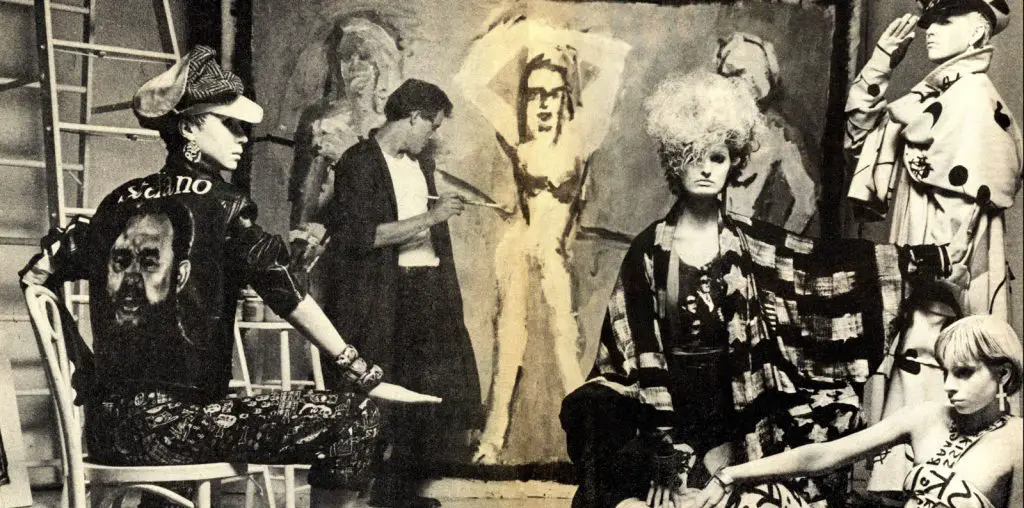
“The Real Dirt on Farmer John” is an apt title for Farmer John Peterson, running a farm in Northern Illinois that his grandfather bought from a potato farmer during the Great Depression. When he’s interviewed on various matters of his life, he looks like he’s just returned from digging in the fields, covered in a layer of dirt. The other real dirt is the truth about how he lives his life. He’s at times flamboyant, donning costumes usually only worn by drag queens, which affects neighboring farmers, arming them with uneducated suspicion and prejudice. They don’t trust his help (which at one point includes many people he met while attending Beloit College in the ‘60s), and rumors spread about satanic rituals and killings happening on the property, which don’t die for decades.
Peterson was born to a take-charge mother, Anna, and a father who truly loved the land they moved to after they married, and it shows in home movies begun by Anna in the 1950s. He planted seeds, tended the crops, and harvested the end result, unaffected by any problems that may have been plaguing the country, though he is forced to grow up a little too quickly at 10 years old after his beloved Uncle Harold unexpectedly commits suicide, which he eventually comes to terms with on a trip to Mexico in the ‘90s. In the 1970s, Beloit College introduced him to what looked like the rest of the world, hippies, beatniks and radicals who schooled him in art and culture, whom he even invited to the farm to stay for a time and help out. It’s quite a scene through those home movies, with window frames being moved about, crops being collected, and fond camaraderie among everyone.
Peterson is also a poetic writer, examining these times through his narration, leading to a poignant moment where his mother–once his guide through his life, spurring him on to keep the farm after she asked him what she could do with a roadside vegetable stand that didn’t have his crops–is dying. Because of Anna’s tenacity, humor, and honesty in questions she asks her son, the loss is just as deeply felt by us.
Peterson also finds a way to give communities an opportunity to see their vegetables up close, to learn about what farming involves, and to even get involved, through Angelic Organics, which is sparked when Chicago investors worked at convincing John to be a part of Community Supported Agriculture (CSA). 70 families join, and later, 400 families. Peterson and his efforts are environmentally conscious, sound, and progressive, a welcome concept for those families and for us, a remarkable sight in cooperation among many, a chain that extends from the crops being grown and collected, to the family we see receiving one of the vegetable packages.
Taggart Siegel has documented Peterson and his family for 20 years, and he has such respect and love toward Peterson’s farm and Peterson himself. Siegel also plays on audience expectations as 20 minutes in, it looks like Peterson’s story is all told. By the end, “The Real Dirt on Farmer John” has been an epic journey of one man who has already been faced with enough hardships that it looks like he has nothing to worry about for the rest of his life. It also exudes a rare feeling in that we hope Peterson will continue succeeding with Angelic Organics and his latest girlfriend. He’s just that kind of person.
